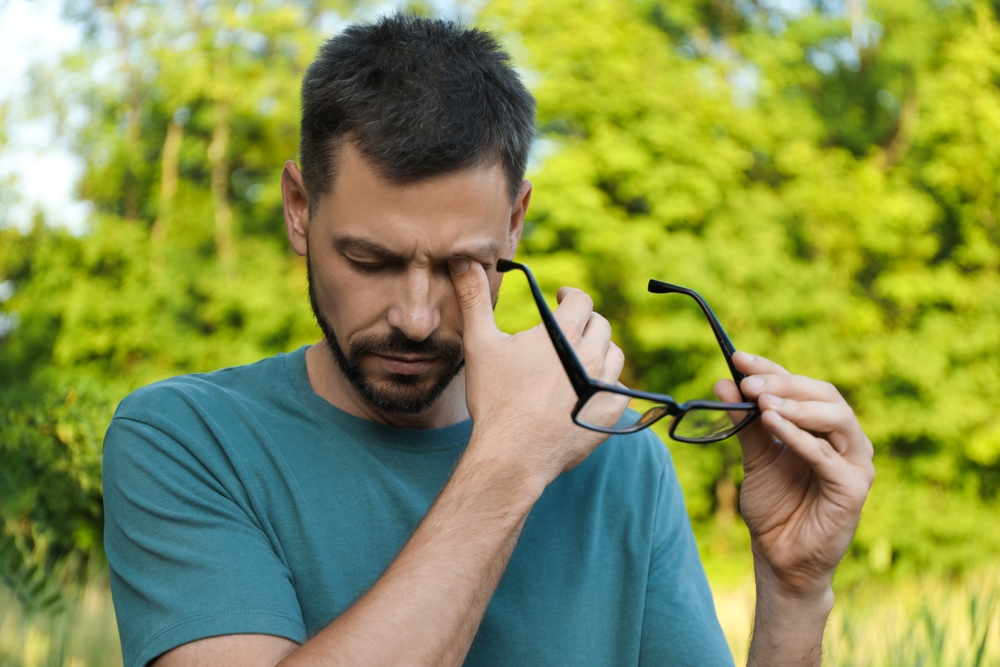
How Are Dry Eyes Diagnosed and Treated?
Dry eyes are a common and often frustrating condition affecting millions of people worldwide. Characterized by symptoms like irritation, redness, a gritty feeling, and even blurred vision, dry eyes can disrupt daily activities and reduce the quality of life. But how exactly are dry eyes diagnosed, and what treatment options are available? At Eastlake Vision, we’re committed to helping you understand and manage this condition effectively.
Diagnosing Dry Eyes
To accurately diagnose dry eyes, a comprehensive eye exam is essential. During the exam, your eye doctor will evaluate your symptoms, lifestyle, and health history to identify potential risk factors contributing to dry eyes. Here are some of the specific tests and assessments that may be part of the diagnosis:
1. Tear Film Evaluation
A detailed look at the tear film, the thin layer of moisture that coats your eye, helps assess tear production and stability. A common method is using a fluorescein dye test, which highlights any irregularities in the tear film or dry spots on the eye's surface.
2. Schirmer’s Test
This test measures tear production by placing a small strip of paper inside the lower eyelid. After a few minutes, your eye doctor assesses the strip's wetness to gauge tear volume.
3. Meibomian Gland Imaging
Blocked or dysfunctional Meibomian glands (glands that produce oils to keep tears from evaporating too quickly) are a significant contributor to dry eyes. Imaging these glands can help pinpoint whether Meibomian Gland Dysfunction (MGD) is a factor in your condition.
4. Osmolarity Test
This test measures the salt concentration in your tears. A high osmolarity level often indicates that the tear film is imbalanced, a common feature of dry eye disease.
Why Early Treatment Matters
While dry eyes may seem like a minor irritation, untreated dry eye can lead to more severe complications, including damage to the corneal surface and an increased risk of eye infections. Early diagnosis and treatment are essential to prevent further issues and to keep your eyes healthy and comfortable.
Treatment Options for Dry Eyes
Once dry eyes are diagnosed, Eastlake Vision offers a variety of treatments tailored to your specific needs. Dry eye treatments typically aim to improve tear quality, increase tear production, reduce tear evaporation, and treat any underlying inflammation. Here are some common treatments:
• Artificial Tears and Lubricating Drops: Over-the-counter artificial tears can provide temporary relief for mild cases of dry eyes. However, for more persistent symptoms, prescription-strength drops may be recommended to provide longer-lasting moisture.
• Prescription Eye Drops: Medications can help increase tear production and reduce inflammation, offering more sustainable relief for chronic dry eye sufferers.
• Intense Pulsed Light (IPL) Therapy: IPL therapy is an advanced treatment option that uses light to reduce inflammation and improve gland function in the eyelids, which can be beneficial for individuals with moderate to severe dry eyes due to MGD.
• Punctal Plugs: For individuals with low tear production, punctal plugs may be inserted into the tear ducts to reduce tear drainage and keep the eyes moist longer. This simple, minimally invasive procedure is highly effective for some patients.
• Eyelid Hygiene: Practicing good eyelid hygiene, such as using warm compresses and gentle cleansing, can help alleviate symptoms, especially if your dry eye condition is related to blepharitis or inflammation of the eyelids.
Finding Relief for Dry Eye at Eastlake Vision
At Eastlake Vision, we understand that every patient’s experience with dry eyes is unique. We are dedicated to helping you find relief and improve your eye health through personalized care and advanced treatment options.
If you’re experiencing dry eye symptoms, schedule a consultation with Eastlake Vision to find the right solution for your comfort and vision needs. Visit our offices in Chula Vista, California, call (619) 374-0548 or (619) 427-2020 to book an appointment today.






